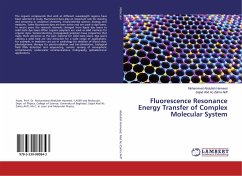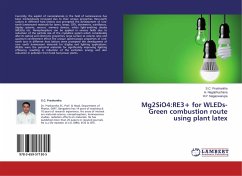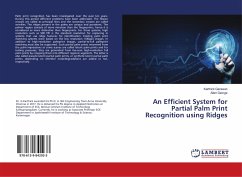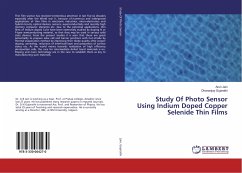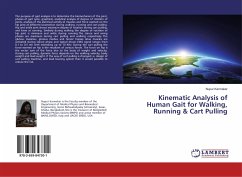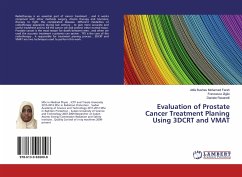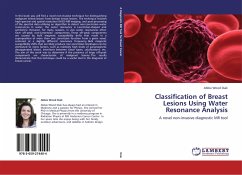
Classification of Breast Lesions Using Water Resonance Analysis
A novel non-invasive diagnostic MR tool
Versandkostenfrei!
Versandfertig in 6-10 Tagen
39,99 €
inkl. MwSt.

PAYBACK Punkte
20 °P sammeln!
In this book you will find a novel non-invasive technique for distinguishing malignant breast lesions from benign breast lesions. The technique involves high spectral and spatial resolution (HiSS) MR imaging, and post-processing of the spectral data utilizing an algorithm to detect non-Lorentzian water resonances. In water, the water resonance is Lorentzian-shaped and symmetric. However, for many reasons, in vivo water resonances often have off-peak non-Lorentzian components. These off-peak components are caused by bulk magnetic susceptibility shifts that result in a superposition of more than...
In this book you will find a novel non-invasive technique for distinguishing malignant breast lesions from benign breast lesions. The technique involves high spectral and spatial resolution (HiSS) MR imaging, and post-processing of the spectral data utilizing an algorithm to detect non-Lorentzian water resonances. In water, the water resonance is Lorentzian-shaped and symmetric. However, for many reasons, in vivo water resonances often have off-peak non-Lorentzian components. These off-peak components are caused by bulk magnetic susceptibility shifts that result in a superposition of more than one Lorentzian function from a given voxel, centered at a slightly different resonance frequency. Bulk magnetic susceptibility shifts that are likely produce non-Lorentzian lineshapes can be attributed to many factors, such as relatively high levels of paramagnetic deoxygenated blood, interfaces between tissue types, calcifications, etc. The aim of this work was to determine if the presenceof large off-peak components are characteristic of malignant lesions. The results demonstrate that this technique could be a useful tool in the diagnosis of breast cancer.



